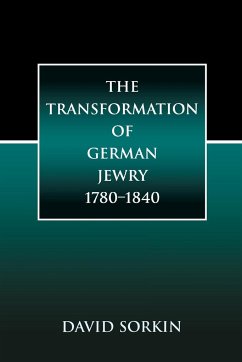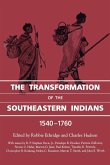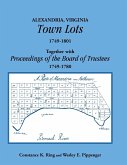This study analyzes the transformation of German Jewry in the period from 1780-1840 in order to explain why the nature of the most visible Jewry in modern Europe remained essentially invisible to its own members and to subsequent generations. German Jewry was the most visible of the modern European Jewries because in its history all of the hallmarks of modernity seemed to have converged in their fullest and most volatile forms. The Transformation of German Jewry 1780-1840 thoroughly explores this period of time when large numbers of Jews were integrated into a non-Jewish society. Sorkin examines the revolution of German Jewry through the study of journals, sermons, novels, and theological popularizations that constituted this new German-Jewish "public sphere." This study may also be applied beyond the confines of Jewish history, for it is a study in the afterlife of the German Enlightenment, the Aufklärung, in the culture of liberalism.
Hinweis: Dieser Artikel kann nur an eine deutsche Lieferadresse ausgeliefert werden.
Hinweis: Dieser Artikel kann nur an eine deutsche Lieferadresse ausgeliefert werden.







